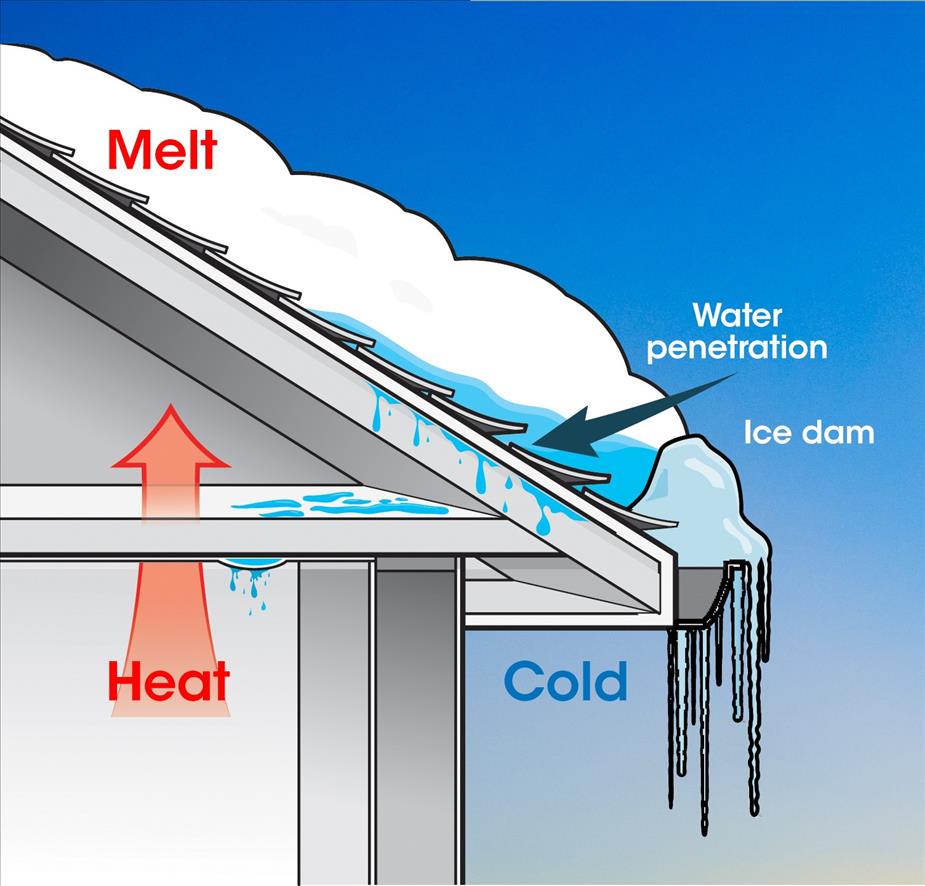Winter Storms & Polar Vortex Preparation
2/23/2021 (Permalink)
There is always talk this time of year about when the next “polar vortex” is on the way, but what is this phenomenon? A polar vortex is a large area of low pressure and cold air surrounding both Earth’s poles. During the winter, the polar vortex will expand and send cold air south with the jet stream. Arctic air can bring abnormally low temperatures to places that do not typically get too cold. This can cause complications in buildings if precautionary steps are not taken. When colder temperatures hit, people will prepare themselves with hats, gloves, and warm clothes. That level of preparation should also take place for homes and businesses.
Problems that can arise during these conditions:
- Ice damming happens when indoor heating melts the snow on the roof above a conditioned space forcing water to move to and freeze on the roof eaves. A ridge of ice then forms and prevents melting snow to drain off the roof, thus allowing water to move into the structure through cracks in the roof.
- Problems with the foundation can be caused by a frost heave, which is when freezing temperatures and water penetrate the ground, forming ice, and then forcing the soil to swell and push up against the foundation. Added pressure on the foundation walls can create cracks in the concrete where water can seep through.
- Frozen pipes occur when the temperature is cold enough to freeze the water inside of the pipe. Water molecules expand when frozen to create a blockage of ice within the pipe causing unfrozen water to build up and increase pressure on that pipe. An increase in pressure can thus raise the chance of a pipe rupturing.
From all these scenarios, water damage can appear inside and possibly lead to the growth of mold. Keep an eye on any problem areas you may have to make sure things are not worsening.
Steps you can take to prepare:
- Make sure your top floor or attic is well insulated.
- Try to clean the snow off your roof as much as possible.
- Wrap pipes with added insulation.
- Seal in any foundation cracks.
- To avoid freezing, let your faucets drip to keep water flowing.
- If ice damming is a reoccurring issue, install heat cables along the edges of the roof.
- Shut off exterior water sources that are not insulated.
- If you are away for an extended period, keep temperature in the structure at 55°F or higher.
Make sure to have extra supplies and to stay informed on weather events coming to the area. It is best to be proactive during the winter months because you never know what mother nature will bring!





 24/7 Emergency Service
24/7 Emergency Service
